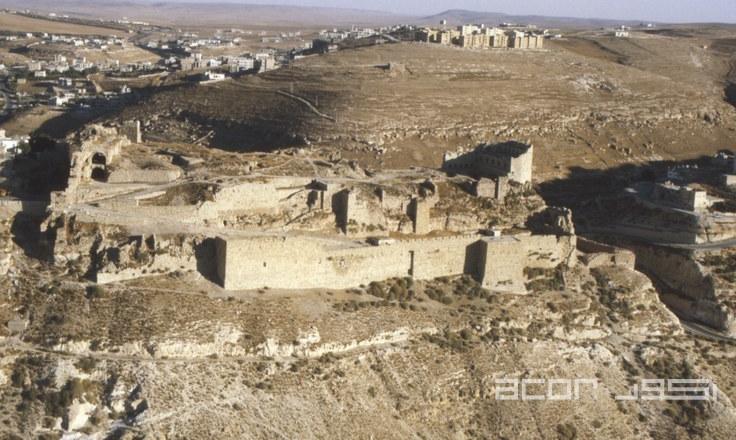During the Mamluk period, the area which is now modern-day Jordan was administratively divided between the Provinces of Karak and Damascus, noted an American professor.
“Its people were known by their hometowns and villages; there was no collective term for the peoples of the region, as there was not for the rest of Bilad Al Sham,” said Bethany Walker from the University of Bonn, adding that Jordan as a whole had a distinctive “marginal” character.
Transjordan had a unique position in the Middle Islamic period as a strategic transport corridor between Damascus and Cairo, and was a principal passage for caravans and pilgrims travelling from Damascus to the holy cities of Mecca and Medina, Walker said.

“The administrative divisions of Jordan under the Mamluks were largely a response to the independence of Ayyubid Karak, a much smaller principality at the time than that of Al Nasir Daud [1206-1261] and which was not incorporated into the Mamluk state until 1263. In many ways Mamluk Jordan, in spite of its administrative divisions, remained a region unified by its transportation routes, tribal networks and political culture,” Walker elaborated.
At the time of Ayyubid ruler Daud, the territory of the Karak Emirate covered approximately the entire territory of the modern Jordanian state, Walker said.
Mamluk Jordan, in spite of its administrative divisions, remained a region unified by its transportation routes, tribal networks and political culture, she added.
“A close examination of the Mamluk provinces, and particularly those geographically and politically far from Cairo, has the potential to shed light on the factors that generate change and to indicate whether these changes are truly detrimental to the state [contributing to its ‘decline’] or are reformist and allow the state to survive political, economic and demographic traumas a bit longer [by ‘transforming’ it]. It is, in essence, a glimpse of empire from its periphery, or to use the parlance of contemporary political anthropology, ‘the margin’,” Walker said.
Furthermore, chronicles written by Syrian historians that emphasise local affairs are some of “the best sources” of information on the political history of Bilad Al Sham, the professor noted.
“They are uneven, however, in their details on local economies and village life, particularly in Jordan,” said Walker.
The professor also noted that the presence of the Mamluk state in Jordan, in comparison to Palestine and the rest of Syria, was less visible, as there were few major building projects.
Regarding the challenges of examining Mamlul-era Jordan, Walker remarked that the region does not have its own repositories of local documents, but relies on facsimiles of those stored in archives abroad. The particular challenge of Jordan, she added, is that in both the Mamluk and Ottoman periods, the region fell between different regional administrations, each of which kept its own financial and legal records.
“In the Mamluk period, Jordan was administratively divided between one province [Mamlakat Karak — its ties south to Cairo] and the southernmost section of another [Mamlakat Dimashq — administratively joined to the rest of Bilad Al Sham],” Walker highlighted.
“Looking for references to Jordan is essentially looking for the proverbial needle in the haystack: You have to read a certain quantity of documents before finding anything directly relevant to the Jordanian cultural and physical landscape,” the professor said.
--
Source: the Jordan Times.
